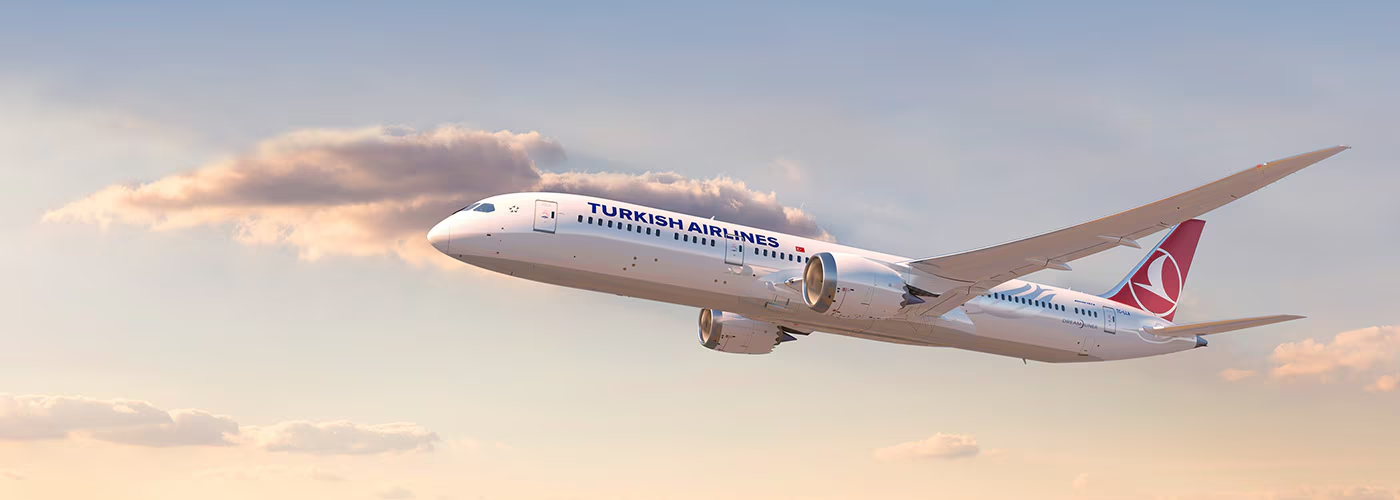What is TFR in Aviation?
Temporary Flight Restrictions (TFRs) are essential regulatory measures implemented by the Federal Aviation Administration (FAA) to ensure the safety of the airspace. These restrictions are usually enforced during emergencies or significant events, such as VIP movements or large gatherings. When a TFR is in place, certain aircraft are prohibited or limited in their access to the restricted area. Understanding the nature and types of TFRs is crucial for aviation professionals to avoid serious consequences.
Definition of Temporary Flight Restrictions (TFR)
A Temporary Flight Restriction refers to a limited period during which access to certain airspace is restricted. The FAA enforces these restrictions for various reasons, including ensuring safety, protecting privacy, or maintaining security. Pilots are not permitted to enter the restricted area without prior FAA approval. TFRs are typically triggered by situations like wildfires, VIP movements, natural disasters, or national security threats.

Pilots can access information about active TFRs through the FAA’s Notice to Airmen (NOTAM) service. Violating these restrictions can lead to severe penalties, including fines or even suspension of a pilot’s license. As a result, it is critical for pilots to stay informed about any TFRs before and during their flights.
Pro Tip:
Before each flight, pilots should check NOTAMs for any active TFRs along their planned route. Consulting a Fixed Base Operator (FBO) is another excellent resource for receiving updated information.
Types of Temporary Flight Restrictions
There are several types of TFRs, each serving a specific purpose. The three primary types include Emergency TFRs, NOTAM TFRs, and Presidential TFRs.
Emergency Temporary Flight Restriction (TFR)

An Emergency TFR is issued during immediate safety or security threats, such as natural disasters, terrorist activities, or emergency response efforts. These TFRs are typically enacted without prior notice and can limit or prohibit access to certain airspace.
For example, following a natural disaster like a wildfire, the FAA may restrict aircraft from flying over the affected area to allow emergency response teams to operate without interference. These restrictions can also apply during unexpected VIP travels, requiring immediate updates to flight routes or airport access.
Emergency TFRs are updated regularly on the FAA website, and pilots must monitor these changes. Drone operators, in particular, must be mindful of TFRs, as violations can result in legal action.
NOTAM Temporary Flight Restrictions
NOTAM TFRs are notices issued by the FAA to inform pilots of specific airspace restrictions. These TFRs often arise from security concerns, hazardous conditions, or significant events such as national security events or military operations. Pilots flying in areas under NOTAM TFRs must strictly follow the new rules and restrictions.
There are various types of NOTAM TFRs, including Prohibited Areas, Restricted Areas, Military Operations Areas (MOAs), and National Security Special Events (NSSEs). Each category has its own set of requirements and limitations that pilots must consider when planning their flight.
It is essential for pilots to consult official FAA resources, such as their website or mobile applications, for current NOTAMs to avoid violations.
Presidential Temporary Flight Restrictions

Presidential TFRs are a specific category of restrictions put into place when the U.S. President is traveling. These restrictions are imposed to ensure security around Air Force One and other VIP movements. During these TFRs, access to airspace within a specific radius of the President’s location is limited.
These restrictions not only apply to commercial aircraft but also to drones, which are grounded within the restricted zone. The duration and location of Presidential TFRs vary based on the event and location, and the FAA updates them frequently.
Violating a Presidential TFR can have severe legal consequences, making it imperative for pilots to stay informed through the NOTAM service.
Pro Tip:
Always check NOTAM briefings for updates regarding Presidential TFRs before each flight to avoid accidental violations.
Impact of TFR on Pilots and Airlines
Temporary Flight Restrictions can have a significant impact on pilots and airlines alike. TFRs can result in delays, diversions, or cancellations, affecting airlines financially and operationally. For instance, restrictions due to weather conditions, security events, or Presidential movements can force airlines to reroute flights, change altitude levels, or even cancel flights altogether.
TFRs also impose additional scrutiny on pilots flying through restricted areas. Documentation requirements increase, and pilots face more detailed inspections, reducing their overall efficiency.
In addition to airlines and pilots, Fixed Base Operators (FBOs) are also affected by TFRs. They must accommodate diverted flights and provide services to stranded passengers, which can strain their resources. FBOs need to stay agile and prepared for changes in flight operations during times of restrictions.
Pro Tip:
Airlines and pilots should proactively use resources such as Flight Service Stations and NOTAMs to stay informed about current TFRs. Planning ahead can save time and prevent operational disruptions.
Temporary Flight Restrictions (TFRs) play a critical role in maintaining safety and security in the skies. Whether due to emergency situations, VIP movements, or national security concerns, TFRs require strict compliance from pilots, airlines, and drone operators. Staying informed about TFRs through official channels like the FAA’s NOTAM service and seeking help from FBOs can prevent severe penalties and ensure smooth flight operations.
Youssef Yahya is the CEO and Founder of Aviation for Aviators, a platform dedicated to the aviation industry. With over 3 years of experience as an aviation writer, Youssef is passionate about sharing his insights on aviation, entrepreneurship, and the broader business landscape. As a Teaching Assistant in Entrepreneurship at Nile University, he also nurtures the next generation of entrepreneurs. When he’s not exploring the skies or business ventures, you can find him saying, ‘Drag your coffee, and let’s talk aviation, entrepreneurship, and football.’
You might also like:
- SAUDIA and Kuwait Airways Announce Codeshare Agreement
- Different condensation scenarios
- Royal Air Maroc Confirms Order for Two Boeing 787 Dreamliners
- Tara Air Flight Crashes With 22 People On Board
- China Southern Retires Airbus A380 Fleet
Discover more from Aviation for Aviators
Subscribe to get the latest posts sent to your email.














Post Comment